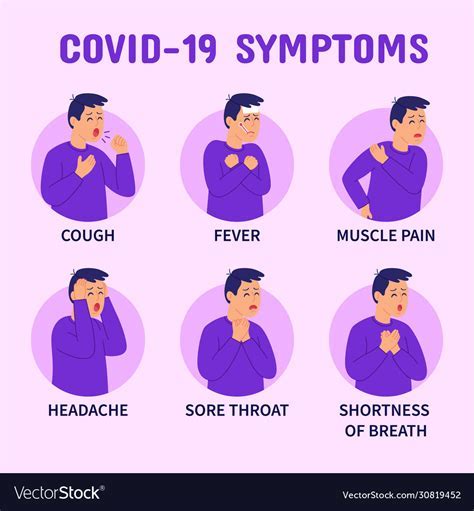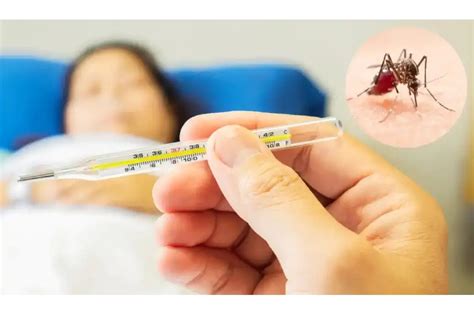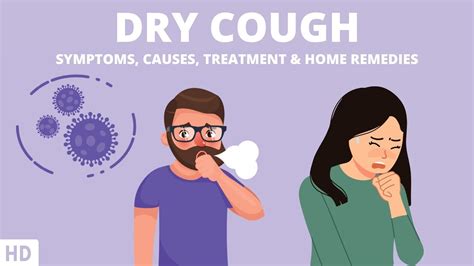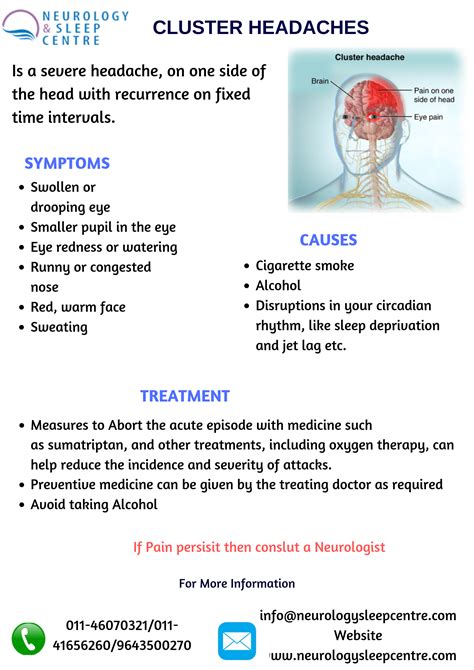Intro
Identify 5 key Covid symptoms, including fever, cough, and fatigue, and learn about related signs like shortness of breath, headache, and loss of taste, to stay informed about coronavirus infections and take preventive measures.
The COVID-19 pandemic has brought significant changes to our daily lives, and understanding its symptoms is crucial for maintaining public health and safety. The virus, known as SARS-CoV-2, can cause a wide range of symptoms, from mild to severe, and it's essential to recognize them to seek medical attention promptly. As the world continues to navigate through this pandemic, it's vital to stay informed about the latest developments and guidelines. In this article, we will delve into the five most common COVID-19 symptoms, their effects on the body, and what you can do to protect yourself and your loved ones.
The importance of recognizing COVID-19 symptoms cannot be overstated. Early detection and treatment can significantly improve outcomes, reduce the risk of complications, and prevent the spread of the virus. Moreover, being aware of the symptoms can help you take necessary precautions, such as self-isolating, wearing masks, and practicing good hygiene. As we move forward, it's crucial to stay vigilant and adapt to the evolving situation. By understanding the symptoms and taking proactive measures, we can work together to mitigate the impact of the pandemic and create a safer, healthier environment for everyone.
The COVID-19 pandemic has highlighted the need for global cooperation, scientific research, and community engagement. As we continue to learn more about the virus, it's essential to separate facts from fiction and rely on credible sources for information. By doing so, we can make informed decisions, reduce misinformation, and support those affected by the pandemic. In the following sections, we will explore the five most common COVID-19 symptoms, their characteristics, and what you can do to manage them.
Introduction to COVID-19 Symptoms

Understanding the Five Most Common Symptoms
The five most common COVID-19 symptoms are: * Fever: A high temperature, usually above 100.4°F (38°C), which can be accompanied by chills, sweating, or feeling cold. * Dry cough: A persistent, dry cough that can be mild or severe, and may be accompanied by a sore throat or chest tightness. * Fatigue: Feeling extremely tired, weak, or lacking energy, which can make it difficult to perform daily activities. * Headache: A headache that can range from mild to severe, and may be accompanied by sensitivity to light or sound. * Sore throat: A sore, scratchy, or irritated throat that can make swallowing painful or uncomfortable.Fever as a Primary Symptom

Managing Fever and Other Symptoms
To manage fever and other COVID-19 symptoms, you can try the following: * Stay hydrated by drinking plenty of fluids. * Take over-the-counter medications like acetaminophen or ibuprofen to reduce fever and alleviate headaches or body aches. * Use a humidifier to add moisture to the air, which can help relieve a dry cough and sore throat. * Practice good hygiene, such as washing your hands frequently, avoiding close contact with others, and wearing a mask when leaving your home.Dry Cough and Respiratory Issues

Recognizing Respiratory Complications
Respiratory complications, such as pneumonia or acute respiratory distress syndrome (ARDS), can be life-threatening and require prompt medical attention. If you experience any of the following symptoms, seek help right away: * Difficulty breathing or shortness of breath. * Chest pain or tightness. * Bluish discoloration of the lips or face. * Confusion or disorientation. * Severe headache or stiff neck.Fatigue and Mental Health

Prioritizing Mental Health
The COVID-19 pandemic has taken a significant toll on mental health, and it's essential to prioritize your well-being. Here are some tips to help you cope with stress, anxiety, or depression: * Stay connected with friends and family through phone calls, video chats, or messaging apps. * Engage in activities that bring you joy, such as hobbies, reading, or listening to music. * Practice self-care, such as taking a warm bath, getting a massage, or enjoying a relaxing walk. * Seek professional help if you experience persistent or severe mental health concerns.Headache and Neurological Issues

Recognizing Neurological Complications
Neurological complications, such as encephalitis or meningitis, can be life-threatening and require prompt medical attention. If you experience any of the following symptoms, seek help right away: * Severe headache or stiff neck. * Confusion or disorientation. * Difficulty speaking or understanding speech. * Weakness or numbness in the face, arm, or leg. * Seizures or convulsions.Sore Throat and Gastrointestinal Issues

Recognizing Gastrointestinal Complications
Gastrointestinal complications, such as diarrhea or nausea, can be uncomfortable and require medical attention. If you experience any of the following symptoms, seek help right away: * Severe abdominal pain or cramping. * Vomiting or diarrhea that lasts for more than 2 days. * Blood in your stool or vomit. * Signs of dehydration, such as excessive thirst, dark urine, or dizziness.What are the most common COVID-19 symptoms?
+The most common COVID-19 symptoms include fever, dry cough, fatigue, headache, and sore throat.
How long do COVID-19 symptoms last?
+COVID-19 symptoms can last anywhere from a few days to several weeks, depending on the severity of the infection and the individual's overall health.
What should I do if I experience severe COVID-19 symptoms?
+If you experience severe COVID-19 symptoms, such as difficulty breathing, chest pain, or confusion, seek medical attention immediately.
Can COVID-19 symptoms be managed at home?
+Yes, mild to moderate COVID-19 symptoms can be managed at home with rest, hydration, and over-the-counter medications. However, it's essential to monitor your symptoms closely and seek medical attention if they worsen or if you experience any severe symptoms.
How can I prevent the spread of COVID-19?
+To prevent the spread of COVID-19, practice good hygiene, such as washing your hands frequently, wearing a mask when leaving your home, and avoiding close contact with others. Stay informed about the latest developments and guidelines, and follow the recommendations of your local health authorities.
As we conclude this article, we hope that you have gained a better understanding of the five most common COVID-19 symptoms and how to manage them. Remember, it's essential to stay informed, take proactive measures, and prioritize your health and well-being. If you have any questions or concerns, don't hesitate to reach out to your healthcare provider or local health authorities. Share this article with your friends and family, and let's work together to create a safer, healthier environment for everyone. Take a moment to comment below, and let's start a conversation about COVID-19 symptoms and how we can support each other during these challenging times.
